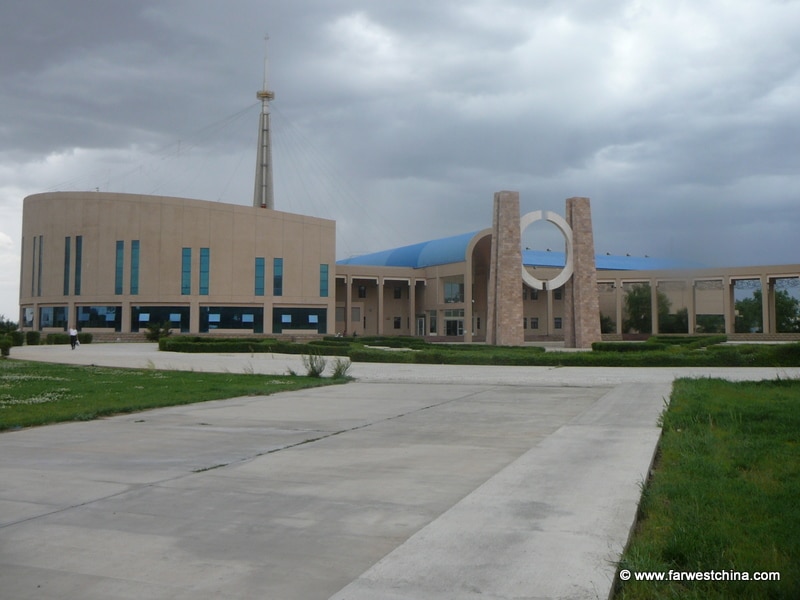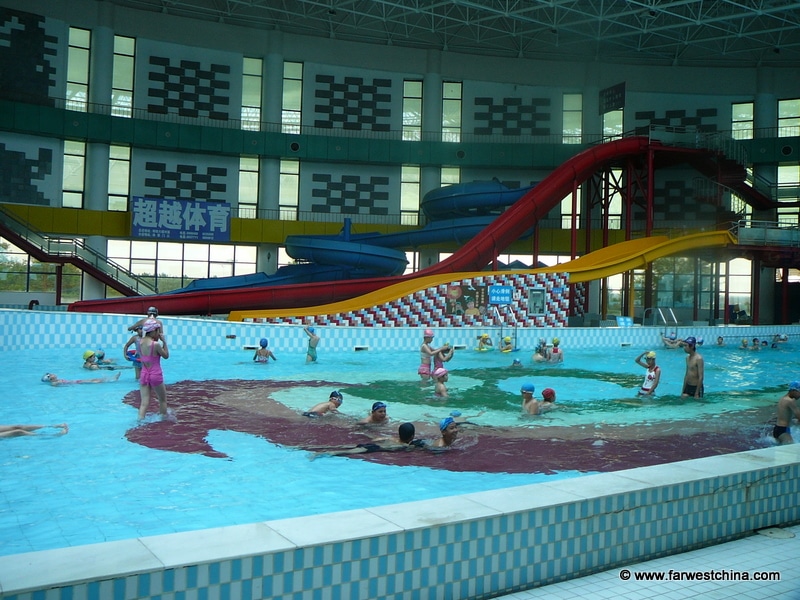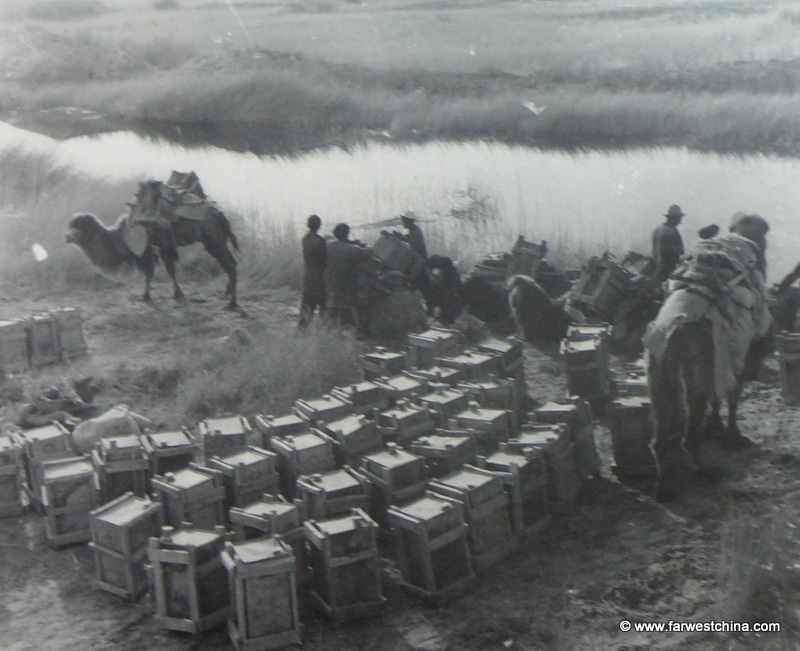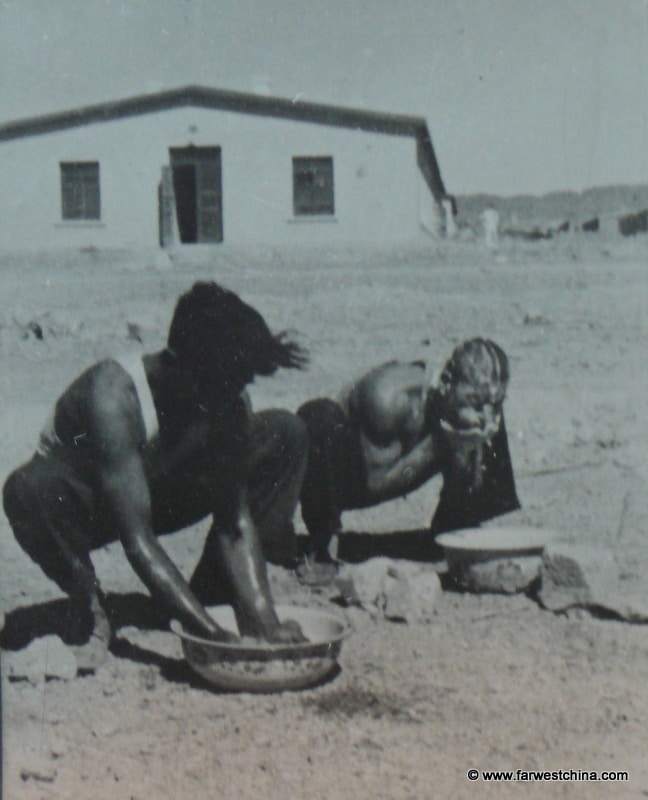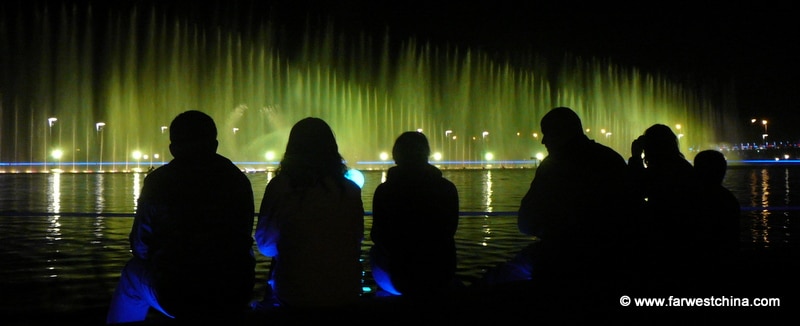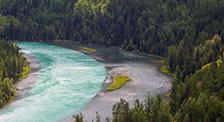Water in the Barren Xinjiang Desert
I’d like to introduce you to one of the most popular buildings in Karamay, a small city of only 200,000 people here in Xinjiang. This building of worship was built only a few years ago and to the naked eye looks similar to what you’d find on many street corners in the United States.
Just like its western counterparts, this place provides comfort and refuge from the harsh realities of life as well as a community of people who share a common passion.
It represents the only place of worship that is not only accepted by the local government but also boasts a large membership from their ranks.
Inside the main auditorium, however, you won’t find mass seating, a choir loft or a pulpit. Instead, you’ll find this:
It isn’t really a church although it could be considered a religion. Here in the middle of the desert it is a worship of the one thing most sacred and valuable to life here:
The religion of water.
Up until only a couple of decades ago water was a scarce commodity in this part of Xinjiang.
The only reason this city even exists is thanks to all the oil that lies beneath the arid surface. Back in the 1950’s and 60’s water used to be collected in large containers and transported by camels back to the oil workers.
The water was then rationed, allowing each individual only one basin of water per day in which to bathe, wash clothes, and cook.
Fast forward to the present, thanks to the series of reservoirs and diverted rivers, every household is provided with running water while sprinklers water the lush gardens of the beautiful new city park.
A small, man-made river cuts through the center of town eventually draining into the large city reservoir.
Every night during the warmer months this river walk is lined with people who come to enjoy the plentiful water while trying to forget that they are living in the midst of a very dry desert.
The main attraction along this river is a spectacular water show that overshadows anything I have seen back in America. Water dances to music in choreographed movements while being shot as a high as 70 meters into the sky. The city has somehow taken the region’s most scarce commodity and turned it into a form of entertainment.
To top it all off, as if all this worship has garnered the favor of Poseidon, weather has shifted and precipitation has noticeably increased even during the three years that I have lived here.
The city streets, which were originally built without a drainage system due to the lack of rains in the past, now easily flood during the spring months.
It is common knowledge that atheism is the official religion of the Chinese government, but one look at many cities in Xinjiang will reveal monuments to the one religion they do promote – the worship of water.

